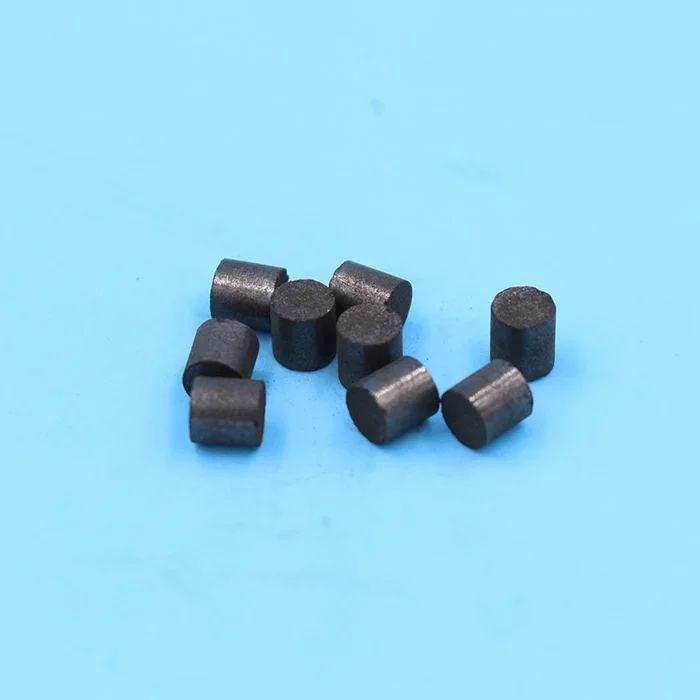What Are the Key Features of High-Quality Methanol Cracking Hydrogen Catalyst
In the quest for sustainable energy solutions, the role of catalysts cannot be underestimated. Catalysts play a crucial role in various chemical reactions, enabling the production of cleaner fuels and facilitating the transition towards a greener future. One such catalyst that has garnered significant attention is the methanol cracking hydrogen catalyst. In this article, we will delve into the key features of high-quality methanol cracking hydrogen catalysts and explore their potential for revolutionizing the hydrogen economy.
What is Methanol Cracking?
Methanol cracking involves the conversion of methanol (CH3OH) into hydrogen gas (H2) and carbon dioxide (CO2). This process is of great interest as it offers an efficient way to produce hydrogen, which serves as a versatile and clean energy carrier. The methanol cracking reaction occurs through a catalytic process, wherein the methanol reacts with heat and a catalyst surface to initiate the reaction.

Key Features of High-Quality Methanol Cracking Hydrogen Catalysts
1. Thermal Stability:
High-quality methanol cracking hydrogen catalysts exhibit exceptional thermal stability, allowing for sustained reactions at high temperatures. This stability is crucial, as the methanol cracking process requires elevated temperatures to initiate and maintain the desired reaction. Stable catalysts ensure long-term performance, reducing the need for frequent replacements.
2. Activity and Selectivity:
Efficient catalysts should possess high activity and selectivity. Activity refers to the catalyst's ability to facilitate the desired reaction, while selectivity determines the catalyst's ability to produce the desired product (hydrogen) without significant byproduct formation. High-quality methanol cracking catalysts optimize these parameters, leading to enhanced productivity and improved product purity.
3. Durability:
Durability is a critical feature of high-quality methanol cracking hydrogen catalysts. The harsh conditions in which these catalysts operate, including high temperatures and corrosive environments, demand materials that can withstand prolonged exposure without significant degradation. Catalysts with long lifespans reduce maintenance costs and promote a more sustainable hydrogen production process.
4. Catalyst Surface Area and Porosity:
The surface area and porosity of a catalyst greatly influence its performance. High-quality methanol cracking catalysts possess large surface areas and well-developed porosity, allowing for increased contact between the reactants and the catalyst surface. This maximizes reaction efficiency, enabling higher methanol conversion rates and enhanced hydrogen production.
5. Resistance to Catalyst Poisoning:
During the methanol cracking process, catalyst poisoning can occur when trace impurities or contaminants in the feedstock deposit on the catalyst surface, inhibiting its activity. High-quality catalysts are designed to resist poisoning, maintaining their performance even in the presence of impurities. This ensures consistent and reliable hydrogen production, reducing downtime and improving overall process efficiency.
Applications and Future Prospects
The potential applications of high-quality methanol cracking hydrogen catalysts are vast. They can be utilized in various industrial sectors, including fuel cell technology, ammonia synthesis, and hydrocarbon refining. Moreover, the development of efficient catalysts can accelerate the adoption of hydrogen as a viable alternative to fossil fuels, making significant strides towards reducing greenhouse gas emissions and combatting climate change.
Looking ahead, ongoing research aims to further improve the performance of methanol cracking hydrogen catalysts. Strategies such as catalyst composition optimization, nanostructuring, and the use of noble metals are being explored to enhance catalytic activity, selectivity, and durability. As advancements continue, the cost-effectiveness of these catalysts is expected to increase, making them more accessible for widespread implementation.

Conclusion
High-quality methanol cracking hydrogen catalysts have emerged as promising tools for the production of clean hydrogen fuel. Their thermal stability, activity, selectivity, durability, surface area, porosity, and resistance to poisoning make them indispensable in the pursuit of a sustainable energy future. As research and development efforts progress, we can look forward to witnessing the transformative impact of thesecatalysts on the energy industry. With their ability to optimize performance, extend the lifespan, and customize to meet specific needs, high-quality methanol cracking hydrogen catalysts offer a cost-effective and efficient solution for various industrial processes. However, it is important to consider the safety considerations when using these catalysts and to ensure that they are handled and maintained properly. Overall, the benefits of using high-quality methanol cracking hydrogen catalysts are clear, and they are poised to play a critical role in the transition to a cleaner and more sustainable energy future.
Yixing Winner Technology Co., Ltd. is a professional manufacturer in producing catalysts and their ceramic carriers, ceramic glove formers, and other industrial ceramics.Welcome to contact us if you need to learn more about Methanol cracking Hydrogen Catalyst.
Email:camilleyxwn@outlook.com
- Art
- Causes
- Crafts
- Dance
- Drinks
- Film
- Fitness
- Food
- Games
- Gardening
- Health
- Home
- Literature
- Music
- Networking
- Other
- Party
- Religion
- Shopping
- Sports
- Theater
- Wellness


